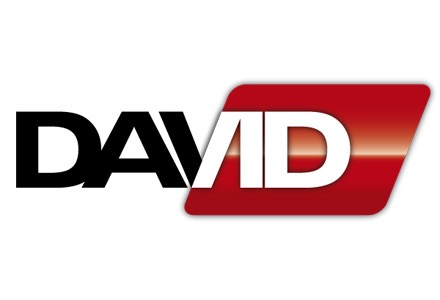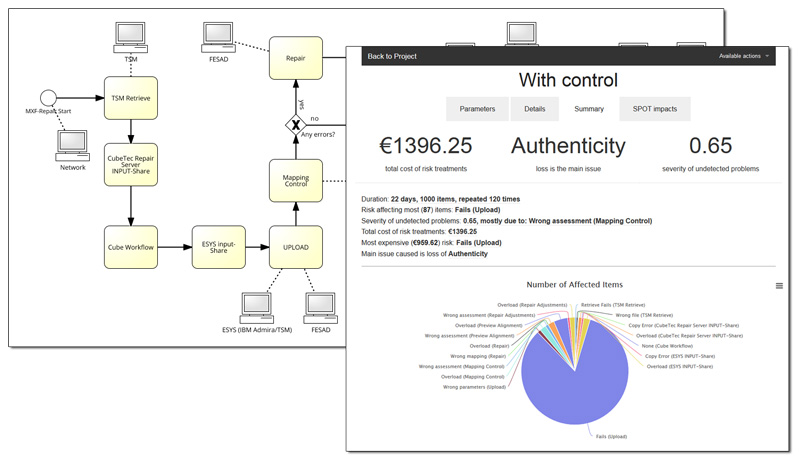DAVID

Digital Audio-Visual (AV) content is everywhere: film, television and online media; personal content from cameras and phones; and content from environmental monitoring, corporate training, surveillance and call recording to name but a few. However, with the proliferation of digital content there is a common challenge: how to keep digital content usable in the face of adversity?
Issues such as format obsolescence, media degradation, and failures in the very people, processes and systems designed to keep the content safe pose significant risk to the long-term value of digital AV content.
To ensure that the cultural heritage is accessible for the long term, the DAVID project (Digital AV Media Damage Prevention and Repair) focused on four interlinked areas of work:
- understanding damage (how it occurs and its impact),
- detecting and repairing damage,
- improving the quality of digital AV content, and
- preventing damage to digital AV content and ensuring its long-term preservation.
IT Innovation's Role

The effect of corrupting just a few bits in a frame of digital video
Building on our extensive expertise in the area of digital preservation and archiving from projects like AVATAR-m, POSTMARK, PrestoPRIME and Presto4U, we worked on two of the above four core areas of the project, namely understanding and preventing damage.
We led work on identifying and analysing how loss of, or damage to, digital AV content occurs. In particular, we focused on uncovering the cause of damage, identifying different loss modes, and investigated the possible mitigation methods.
Further, drawing upon previous work on risk management (see, e.g., the ROBUST project), we led the work on developing a conceptual risk management framework. This is key to preventing damage to digital AV content, combining workflow and risk specification within a single risk management process designed to support continual improvement of workflows.
Result highlights
As one of our portfolio of projects in the area of digital preservation, archiving and access, a significant outcome from this work is a company called Arkivum, which has been spun-out of IT Innovation to provide assured archiving services across a range of sectors.
The results of the work on understanding damage has been published in two official reports to the EC. The first, D2.2 discusses three loss modes, which have been analysed in terms of existing solutions and long-term effects, as well as mitigation strategies that are available. The second, D3.3 makes recommendations for ‘born robust’ content, i.e., how digital content upon its creation can be made as robust to future damage as possible.
D2.2: Analysis of loss modes in preservation systems, 2014 (DOI:10.7800/304DAVID22).
D3.5: Recommendations and techniques for content in a 'born robust' form, 2015 (DOI:10.7800/304DAVID35).

We developed a Business Process Risk management framework (BPRisk – as seen above), which was presented at the NAB Show in Las Vegas in 2015. The framework was designed to support preservation experts in managing risks to long-term digital media preservation workflows. The framework comprises a novel semantic risk model and simulation service allowing users to a) understand the key vulnerabilities in preservation workflows, b) target investments to address those vulnerabilities, and c) minimise the economic consequences of errors. For more information on this, see the following papers.
Business process risk management and simulation modelling for digital audio-visual media preservation, International Journal On Advances in Internet Technology, 2016.
A Semantic Risk Management Framework for Digital Audio-Visual Media Preservation, ICIW, 2015.
Project Fact Sheet
The DAVID project was a 30 month project funded by the EC FP7 framework programme.
Coordinator: Joanneum Research Forschungsgesellschaft mbH, Austria
Website: http://david-preservation.eu
 DAVID has received EC research funding.
DAVID has received EC research funding.